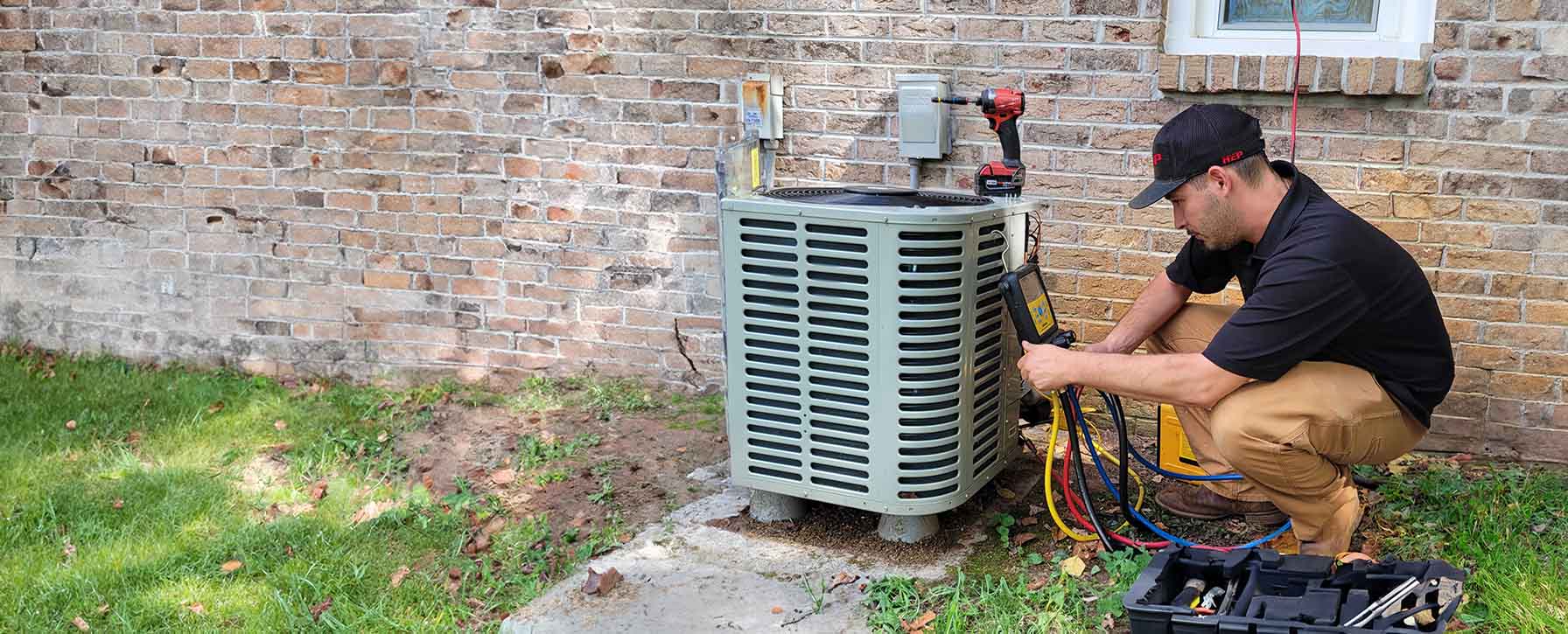

Indoor Environment
Your trusted partner for professional home services. Quality workmanship, guaranteed satisfaction.




- HEP
- Indoor Environment
Indoor Environment | Ventilation and Air Quality | Heating and Air Conditioning | Pioneer
At HEP’s Indoor Environment Heating & Air Conditioning in Pioneer, we believe comfort should feel effortless. Our precision-engineered furnaces, heat pumps, and smart thermostats work in harmony with advanced filtration and humidity control, silently maintaining the perfect temperature while scrubbing the air of dust, allergens, and lingering odors. From the moment you step inside, you’ll notice a difference that’s as refreshing as it is energy-efficient.
Homeowners and builders alike count on us for ventilation and air quality solutions that create healthier living spaces and lower utility bills. Whether you’re upgrading a single room or planning a whole-home system, our certified technicians tailor equipment and maintenance plans to your lifestyle—so you can breathe easy, save money, and enjoy year-round peace of mind.
FAQs
What are the main indoor air pollutants that an HVAC system can help control?
Common contaminants include dust, pollen, pet dander, mold spores, volatile organic compounds (VOCs) from cleaning products or furniture, and combustion by-products such as carbon monoxide. A properly designed HVAC system equipped with high-efficiency filters (MERV 11–16), UV germicidal lamps, or activated-carbon media can capture or neutralize many of these pollutants, greatly improving your home’s overall air quality.
How often should I replace or clean my air filters?
For most homes in Pioneer, standard 1-inch disposable filters should be replaced every 30–60 days. High-capacity pleated or media filters may last 3–6 months. Homes with pets, allergy sufferers, recent remodeling, or smoke exposure may require more frequent changes. Check the filter monthly; if it looks visibly dirty, change it—even if the recommended period hasn’t elapsed.
What humidity level is considered healthy indoors, and how can my HVAC system help maintain it?
The ideal indoor relative humidity is 30–50 %. When humidity is too low, you may experience dry skin, static electricity, and respiratory irritation. Excess humidity encourages mold and dust-mite growth. Whole-home humidifiers (for winter) and dehumidifiers or variable-speed air conditioners (for summer) can be integrated with your HVAC system to keep moisture in the target range year-round.
Does routine HVAC maintenance really improve indoor air quality?
Yes. During a maintenance visit, technicians clean coils, drain lines, and blower assemblies; check refrigerant levels; calibrate controls; and verify airflow. A clean, properly tuned system prevents microbial growth on coils, eliminates standing water where mold can form, and ensures that conditioned air is distributed evenly. The result is reduced allergens, fewer odors, and lower chances of IAQ-related health complaints.
What are HRVs and ERVs, and do I need one in Pioneer’s climate?
Heat Recovery Ventilators (HRVs) and Energy Recovery Ventilators (ERVs) bring fresh outdoor air into a tight home while exhausting stale indoor air, all while transferring heat (HRV) or both heat and moisture (ERV) between the two streams. In Pioneer’s mixed climate—where summers are warm and winters can be cold—an ERV is often recommended because it helps balance both temperature and humidity, reducing the load on your HVAC equipment and maintaining healthier indoor air.
How can I tell if my home has poor indoor air quality?
Warning signs include persistent musty or chemical odors, visible mold, excessive dust buildup, condensation on windows, frequent allergy or asthma flare-ups, headaches, or fatigue that improve when you leave the house. Professional IAQ testing—measuring particulates, VOCs, carbon dioxide, and humidity—can provide definitive answers, and an HVAC specialist can then recommend filtration, ventilation, or humidity-control solutions tailored to your findings.